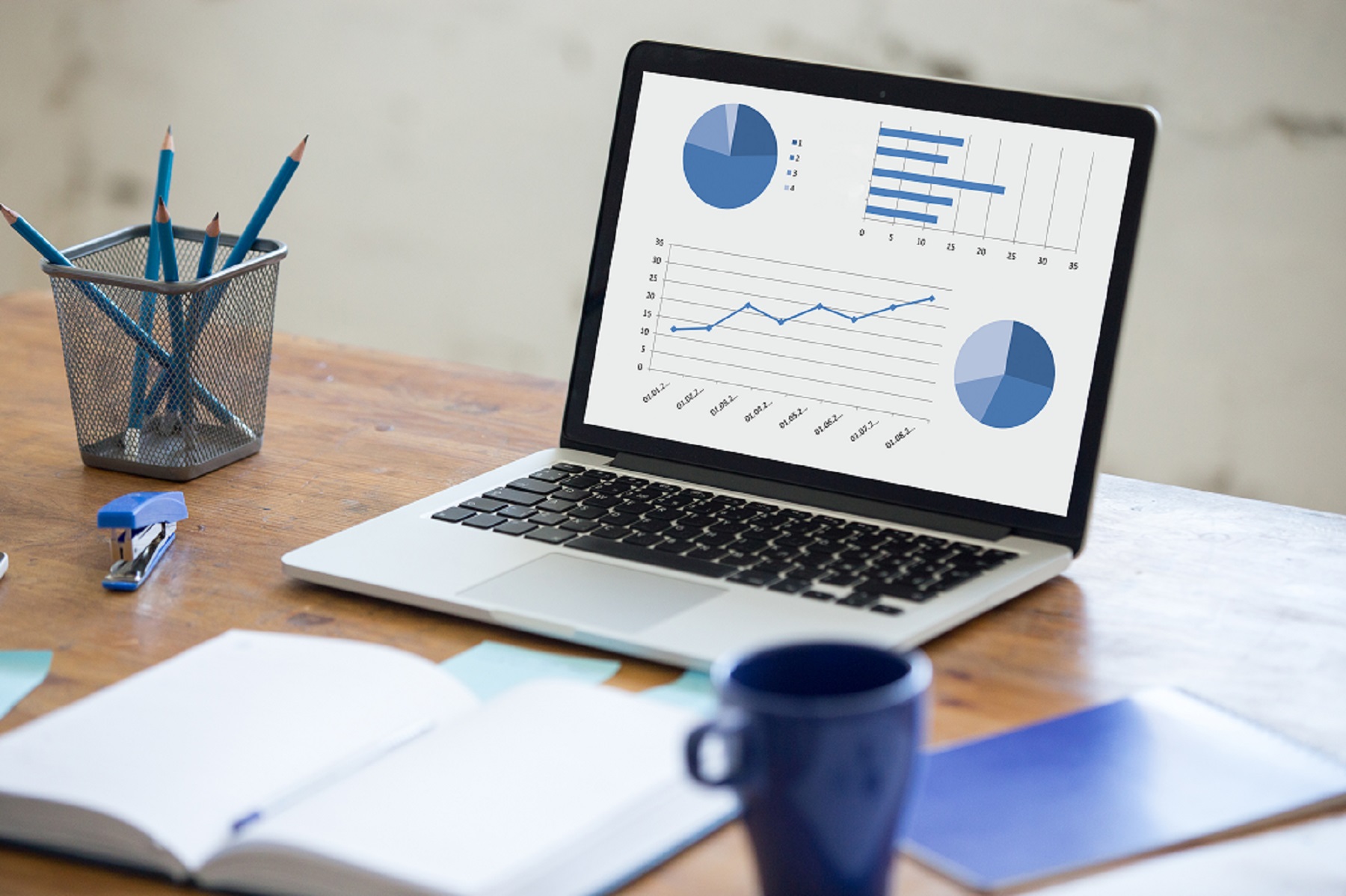The global economy growth is expected to remain strong in 2021 – with worldwide GDP expected to grow by +5.5% in 2021 – and in 2022, even if the recovery will be uneven. In this context, significant risks remain for companies eager to capitalise on new growth opportunities and bounce back after the pandemic. Businesses will be buoyed by the presence of excess consumer savings which will boost demand and trigger an economic catch-up effect. However, they also face a dynamic environment in which rising demand leads to rising prices, while cash flows and inventories are likely to be seriously constrained.
In order to trade with confidence, companies are advised to exercise caution, prepare to overcome these challenges and ensure they are fully protected against insolvency risk.








